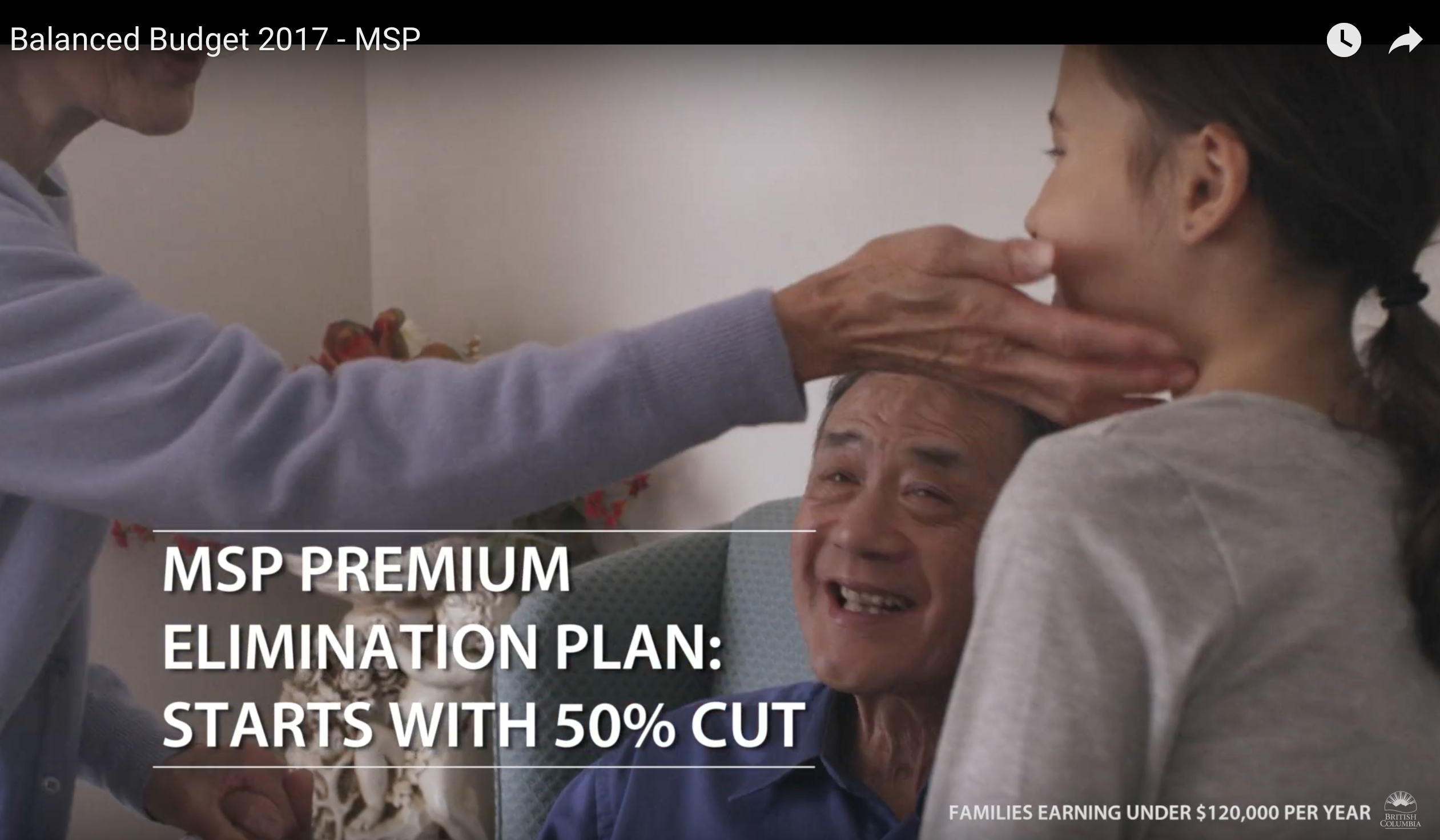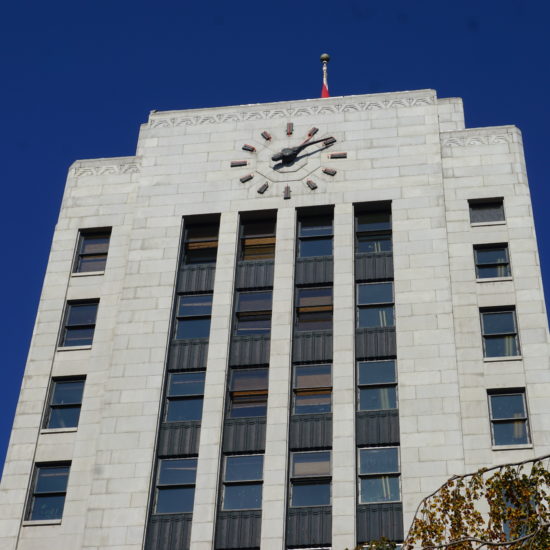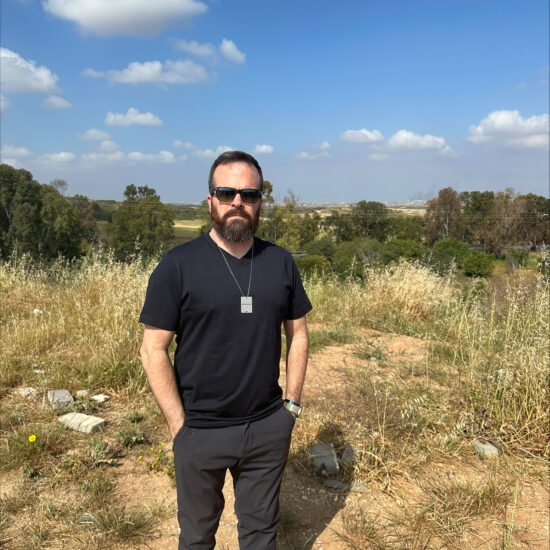
Bob Mackin
When she was in opposition, Christy Clark slammed the NDP government for a post-budget “propaganda” campaign worth less than half the one she launched Feb. 24.
“People don’t want the government to spend 700 grand of their money so they can find out how to access services; people want this government to spend their money so that those services are there for them to access, that’s what British Columbians want,” the future Premier Clark chided Finance Minister Joy MacPhail in Question Period on April 1, 1999. “Can the minister tell us this: how many hospital beds, how many firefighters, how many police officers will not be on the street because she’s spending $600,000 on her advertising campaign?”
You can watch archival footage of Clark in action at this link here.

Scene from budget-themed B.C. government ad.
Fast forward to 2017. Clark and her BC Liberals are running for re-election and spending $1.87 million of taxpayers’ money to sell their Feb. 21-tabled budget to voters. The new 30-second ads highlight the scheduled Jan. 1, 2018 reduction of Medical Services Plan fees for 2 million people. On screen, it claims “MSP Premium Elimination Plan Starts With 50% Cut,” but the government has released no date for phase two or the ultimate deadline.
The plan is merely aspirational and subject to change. But the cost of the ad campaign is substantial: $1.87 million would pay the salaries of 32 new court sheriffs for a year. Two separate cases against accused drug dealers were thrown out of Victoria Provincial Court in less than a week because of a shortage of court sheriffs.
The government already hiked this year’s government ad budget from $7.8 million to $15 million in early December. The Liberals raised $12.5 million last year toward the party’s blanket ad campaign in April and early May in an attempt to win a fifth consecutive term. Donations are partially tax deductible. Their machine is so well-stocked that Deputy Premier Rich Coleman boasted at a party gathering last September that the Liberals were “fully funded” for the 2017 campaign. Clark’s strategy is similar to 2013, when she spent $16.6 million of taxpayers’ funds on advertising her BC Jobs Plan before the election and won a surprise majority.
Advanced Education ministry spokesman Rodney Porter said the new ads are scheduled to run until March 31, which is the end of the fiscal year. The campaign for the May 9 election officially begins April 11. The frequency of the ads and the expenditure is subject to change.
“TV and online media buying is a live process in which weighting and targeting is recalibrated based on performance and uptake,” Porter said via email.
The contractors are the same four that have collaborated on the government’s November 2015-launched “Our Opportunity Is Here” campaign.
Vizeum (media buying), St. Bernadine Mission (production), Kimbo Design (online) and Response Advertising (ethnic) were designated as preferred suppliers after a 2013 tender when Clark associate Athana Mentzelopoulos was deputy minster of government communications. Clark associate John Paul Fraser is the government’s current propaganda chief.
Jobs for Friends
Two of the companies are led by longtime Clark supporters, Jatinder Rai and Kim Pickett, whose association with Clark dates back to her failed 2005 bid for the Vancouver NPA mayoral nomination.
Rai’s Response Advertising billed taxpayers $1.1 million for the year ended March 31, 2016. Clark named Rai a director of B.C. Pavilion Corporation last fall and reappointed him to the Medal of Good Citizenship Selection Committee. In 2010, Rai co-chaired the federal Liberal election readiness committee in B.C. with Andrew Wilkinson, who is now the minister responsible for government advertising.

Kimbo’s Pickett

Response’s Rai
Pickett runs Kimbo Design and billed taxpayers $4.1 million last fiscal year. Pickett designed Clark’s 2011 leadership campaign logo and the 2013 Today’s BC Liberals branding. Kimbo’s billings have mushroomed, from $666,905 in 2013-2014 to $2.27 million in 2014-2015.
Both Response and Kimbo have gone to the Office of the Information and Privacy Commissioner to resist efforts by theBreaker to obtain their invoices under Freedom of Information.
Vizeum billed $3.05 million for last the fiscal year and then another $2.88 million in April 2016, for a 13-month total of $5.93 million. St. Bernadine Mission billed $1.3 million.
Overall, the government spent $12.45 million on information and publications, what it calls advertising, in 2015-2016, more than double the $5.67 million spent a year earlier.
The media outlet reaping the most revenue for the first 2015-2016 phase of the campaign was Pink Shirt Day-sponsor Global TV. Vizeum invoices obtained by theBreaker show it used $585,929.89 of taxpayers’ money to buy 570 ads between November 2015 and March 2016 on Global, an average of $1,027.95 per ad.
By comparison, the government spent more per 30-second ad on Global than it paid to a single welfare recipient ($610) or a person with disabilities ($983) over a 30-day period. The frozen-since-2007 monthly welfare rate stays at $610 in the 2017-2018 budget, but the disability payments rise $50 to $1,033 beginning April 1.
Officially, government guidelines state that “public funds must not be used to purchase advertising in support of a political party.” Clark’s strategy differs from predecessor Gordon Campbell, who banned non-essential government advertising for four months prior to winning re-election in 2009. Premier Campbell ordered Deputy Ministers to allow only statutory, emergency or public health and safety ads during the moratorium. Crown corporations were not covered by the ban. 
A similar four-month pre-election moratorium is contained in the NDP’s Feb. 16-tabled Banning Publicly-Funded Campaign Advertisements bill. Private members bills rarely pass, but this bill was part of a suite of 14 planks in the NDP’s democratic reform platform. The NDP proposes following Ontario’s lead and trusting the Auditor General to veto advertising deemed partisan.
Since 2015, the “Our Opportunity Is Here” ads have touted social services, tax breaks, the Site C dam and LNG, all in an effort to convince the public to re-elect the Liberals this May 9.
An LNG ad that claimed $20 billion had been invested in the B.C. industry was withdrawn after a citizen’s pre-Christmas complaint to the Advertising Standards Council of Canada. Internal government correspondence claims the figure is actually more than $21.5 billion, but $9.45 billion of that is actually the sum of mergers and acquisitions by companies located in foreign jurisdictions.
Vizeum media buying invoices GCP-2016-61837 by BobMackin on Scribd











